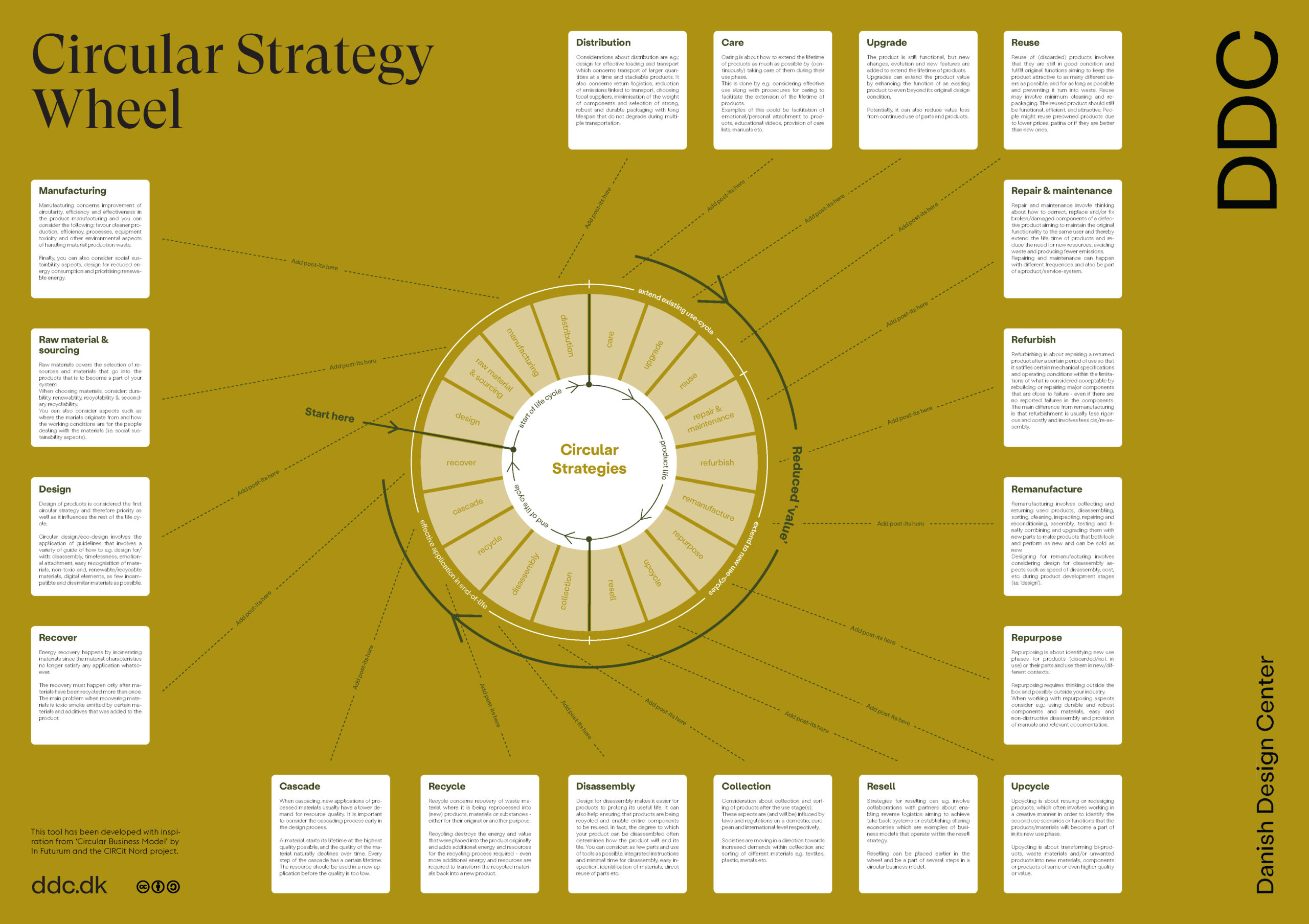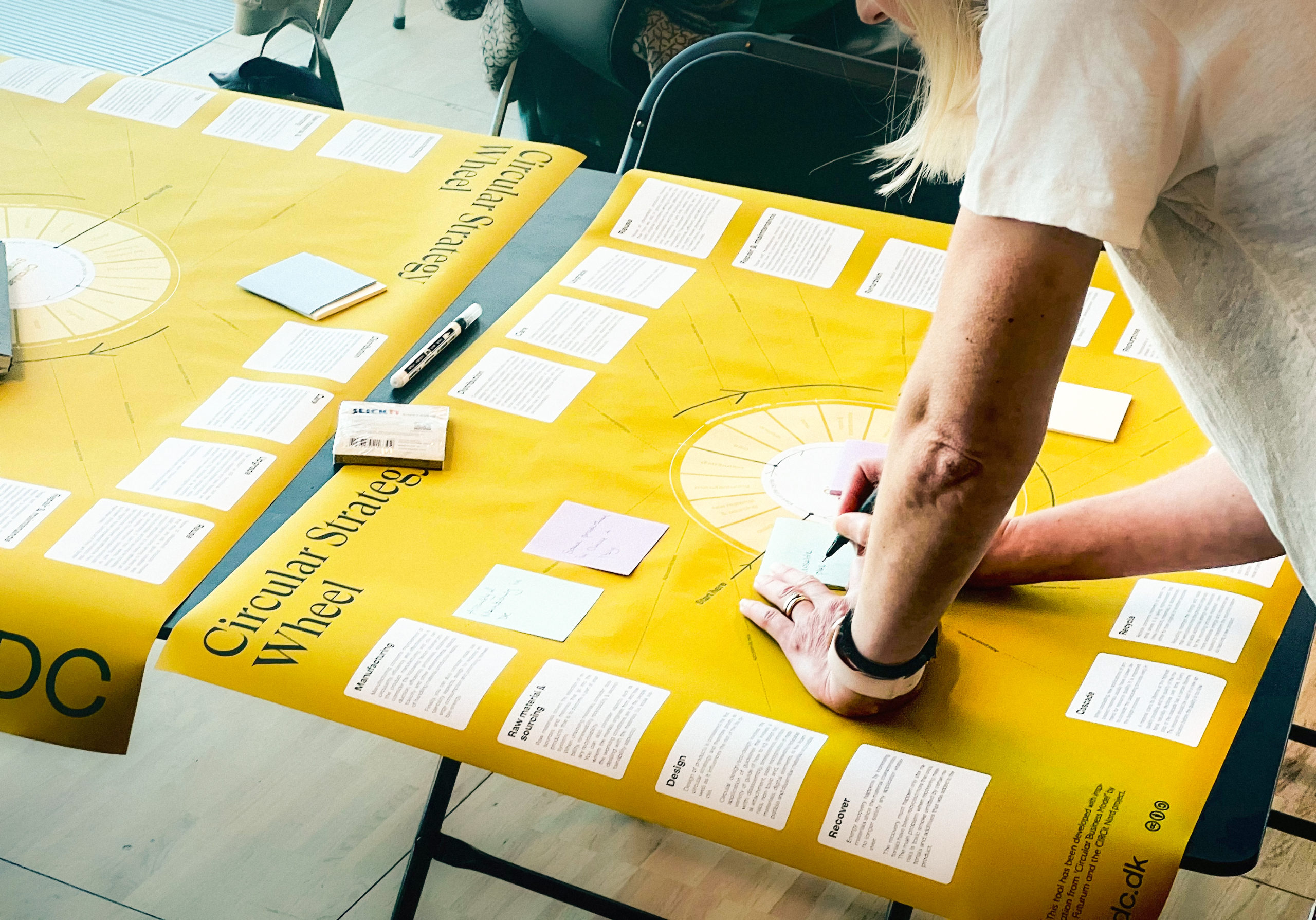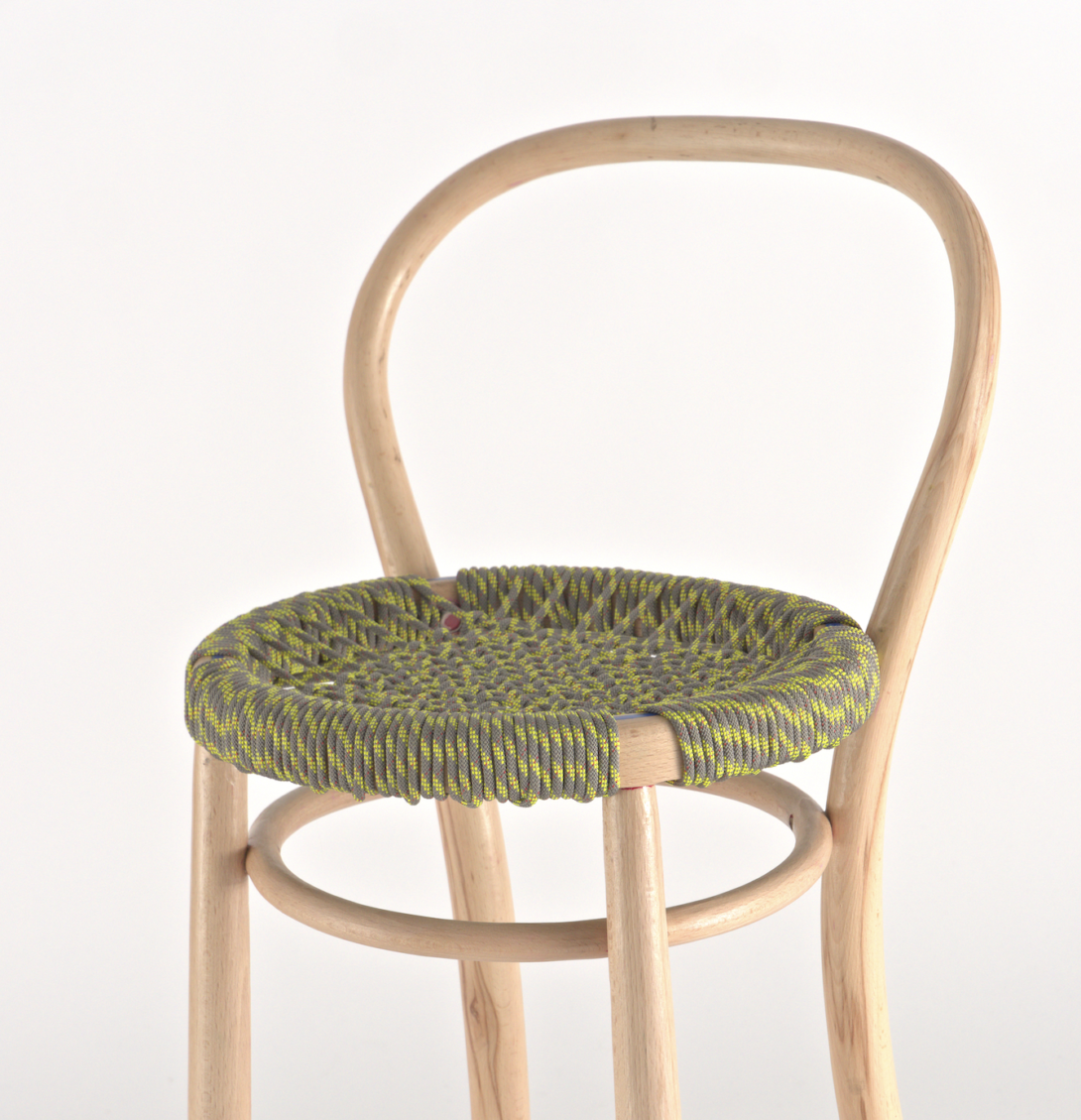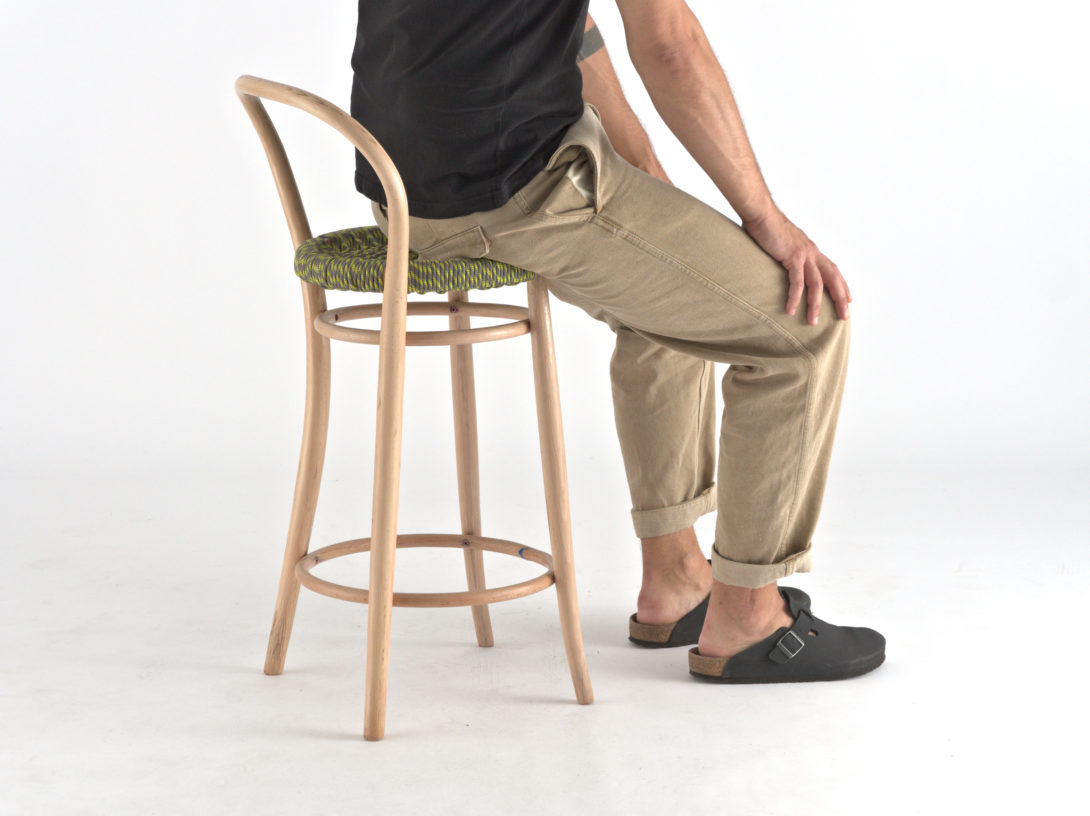Blog
As we all know, the climate challenges are evident and right in front of us – they call for action – from everywhere and everyone.
You might have heard about the circular economy – it’s all about decoupling value creation from resource consumption and extending the lifetime of resources for as long as possible.
The great thing about the circular economy is that there are actually actions we can start taking or at least start to consider when it comes to initiating and, in the longer run implementing more sustainable and circular product development and business models aiming to work towards a circular society.
When it comes to, e.g., the handling of materials, product development, and business modeling, we need to rethink how this has been carried out for many years. Just like distributed design and the maker movement contributes to challenging the most common way of patenting and manufacturing, there’s a huge potential in changing our current mindset towards a more sustainable and circular one enabling the transition to a circular economy (CE).
But where to start? And how to get an overview and a new mindset around circular innovation possibilities?
At the DDC – Danish Design Center, we’ve seen and experienced a massive potential in communicating and basing design-driven workshops around circular strategies. Several companies and startups have been part of testing our circular toolkit, The Circular Strategies Wheel (link), launched in March 2022.
Our design tool, The Circular Strategies Wheel (link), is the first tool in the toolkit, and it provides an overview and a new mindset and language around the circular economy containing the different circular strategies.

The tool is based upon the three overall phases of a product’s life cycle, i.e.:
- The start of the product life
- The product life
- The end of the product life
In The Circular Strategies Wheel, the strategies that relate to each life stage of a product are sorted in a prioritized manner i.e. starting from the design phase, where 80% of the carbon footprint of manufacturing companies is connected to the products they develop [McAloone & Pigosso 2018]. After the design phase, you move on to the sourcing of material, manufacturing processes, and distribution of products.
Subsequently, the product life consists of nine different strategies starting with caring for the product and ending with reselling – all aiming to extend the product’s lifetime.
And finally, the end-of-life stage is represented by five strategies spanning from collection to disassembly, recycling, cascading, and ending with recovery.
The strategies are roughly put up in a prioritized manner, meaning that generally speaking, the further one moves clockwise in the wheel, the more value is lost and it is therefore preferred to prioritize the strategies as upstream as possible.
Inspiration to change your mindset
Another member of the Distributed Design Platform, OpenDot, is an example of a fab lab working actively with circular strategies. The project, Unwanted Furniture [link], is a commission for AMSA – A2A Group to raise awareness amongst citizens about the potential of transforming furniture.
OpenDot developed a catalog inspired by cooking recipes for how to apply tangible circular strategies to discarded furniture, aiming to turn what someone considered as waste or obsolete (unwanted for multiple reasons indeed!) into something useful and enable the furniture to enter a new life having more value than before the strategies were applied.
OpenDot identified four overall categories they worked with: caring, aesthetic changes, fixing, and upcycling. Within each of these categories, one can find different strategies that can be used as inspiration to see the value in discarded furniture.
An example in the catalog is the repair strategy. In this case, an old chair is glued where the wood is broken, elevating the gesture of the repair into something aesthetic and to be proud of – as, in the Japanese technique of Kintsugi, the paint is removed, and a new seat is made:
Unwanted Furniture is an excellent example of how citizens, students, designers as well as start-ups, and companies can use circular strategies to get inspiration, develop new ideas, and ideally, in the longer run, gain a new and more sustainable and circular mindset.
Share your challenges
The circular and sustainable transition is complex and easy to get disoriented in – though, we have seen a strength in presenting the circular strategies in a relatively simplified manner even though we’re well aware of the complexity linked to carrying these strategies out in the real world. We need new ways of working towards a more resilient society – supply chains, manufacturing, and product development (just to mention a few) ought to be rethought.
Along with distributed design as a new innovation approach, working actively with the circular strategies has provided an overview, a new mindset, and language around circular economy and can be used as a reference point whether you want to get started or continue to work with the circular economy.
Even though circular economy strategies are not the answer to all the environmental challenges we face, it is a great start and can be a true eye-opener.
At DDC, we are curious about how the circular strategies can become a more active part of the maker movement and the fab labs around Europe – so feel free to reach out to me at [email protected] and tell me about the challenges you have faced or if you have any inquiries or questions.
If you’re interested in having a further look into the material and tools mentioned, they are open source and can be accessed here:
Story by Danish Design Center



